Pool cleaners have been around for a long time. They were first introduced in 1972, and they’ve only improved with age since then!
Today, automating pool cleaning is a common practice. Pool cleaners can vacuum your pool floor, but it’s important to know what kind of surface they will be cleaning.
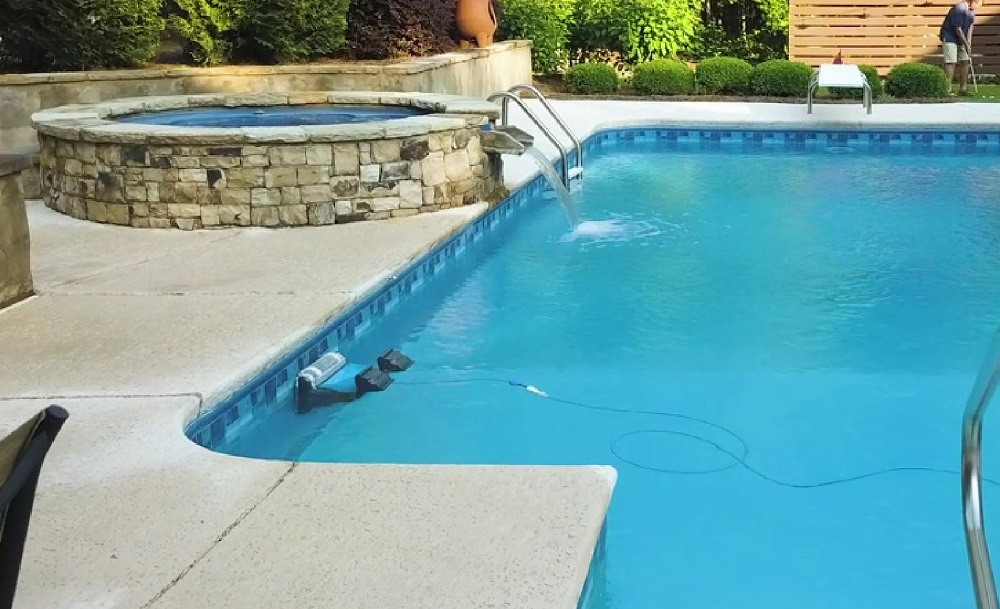
There are three basic types of automatic pool cleaners, which can be categorized by how they operate.
- Suction Side Pool Vacuums
- Pressure Side Pool Vacuums
- Robotic Pool Cleaners
Out of all the kinds of automatic pool cleaners available, robotic pool cleaners are the easiest to set up, the easiest to use, and the easiest to maintain. But how exactly does a robotic pool cleaner work? In this brief guide, we’ll cover the basics of what a robotic pool cleaner is and how it operates.
What Is a Robotic Pool Cleaner?
A robotic pool cleaner, also referred to as a pool bot, is a type of automatic pool cleaner. Its main purpose is to clean your pool by forcing water through a series of filter-lined baskets or tanks.
Imagine how a robot vacuum cleaner works—it draws in air, and any particles that get suctioned in will get stuck in a collection bin for later disposal. Robotic pool cleaners work on the very same principle, except in the place of air, there’s water.
There are three major parts of a robotic pool cleaner worth knowing, namely:
- The robot, which comes with an internal motor, filter-lined baskets, and brush rolls or scrubbers,
- The controller module, where users input every control function available (thoroughness levels, scheduled cleaning times, etc.)
- The power cord, which tethers the robot to the controller module
Robotic pool cleaners are virtually plug-and-play devices; you plug the controller module into a power outlet, connect the power cord from the controller module to the robotic pool cleaner, hit the start button, and you’re pretty much all done.
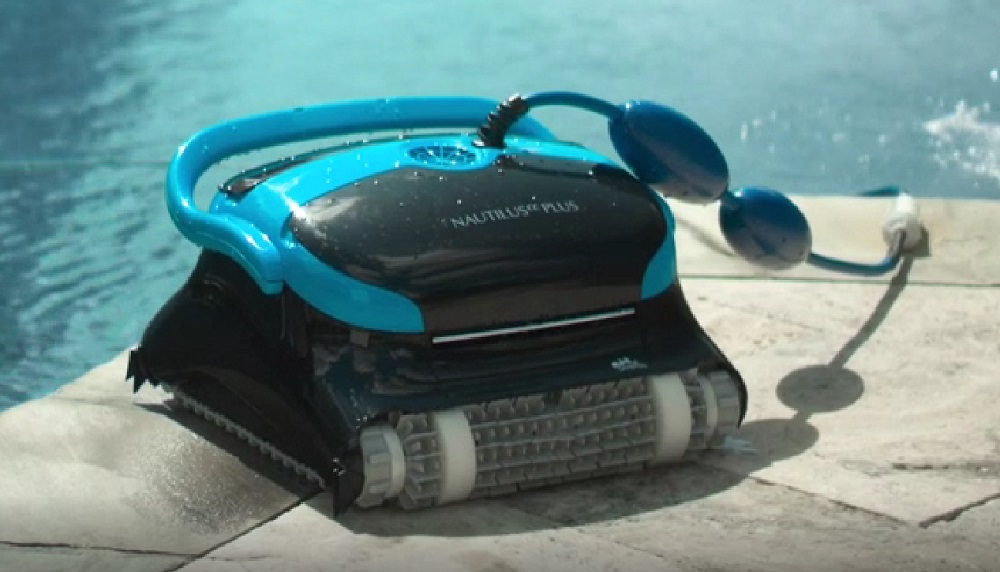
How Does a Robotic Pool Cleaner Work?
In a nutshell, here’s how a robotic pool cleaner works:
- After plugging the controller module into a power outlet, users can set up their desired cleaning settings on the module, which then delivers instructions to the robotic pool cleaner. Customizable settings choosing specific cleaning times (how many times to clean per week) and thoroughness levels (how long the robot will spend cleaning your pool per session).
- The robotic pool cleaner can come with one or a series of brush rolls or rubberized scrubbers, which actively scrub floors and walls to loosen set-in debris. The electric motor then draws water in at a rate of over 50 gallons per minute (on average) to suction every loose bit of debris from the surrounding water.
- Any piece of solid debris that finds its way into the robotic pool cleaner’s inlet will pass through a basket lined with fine-mesh filters. Filtered water passes through the mesh screens to re-enter your pool, while solid contaminants—acorns, leaves, algae, small twigs, etc.—are trapped in the collection basket.
- When the collection baskets are full, the robot will send an alert to the user via the controller module, reminding them to empty the baskets. After disposing of the basket’s contents, users can resume the cleaning process by placing their robot back into their pools.
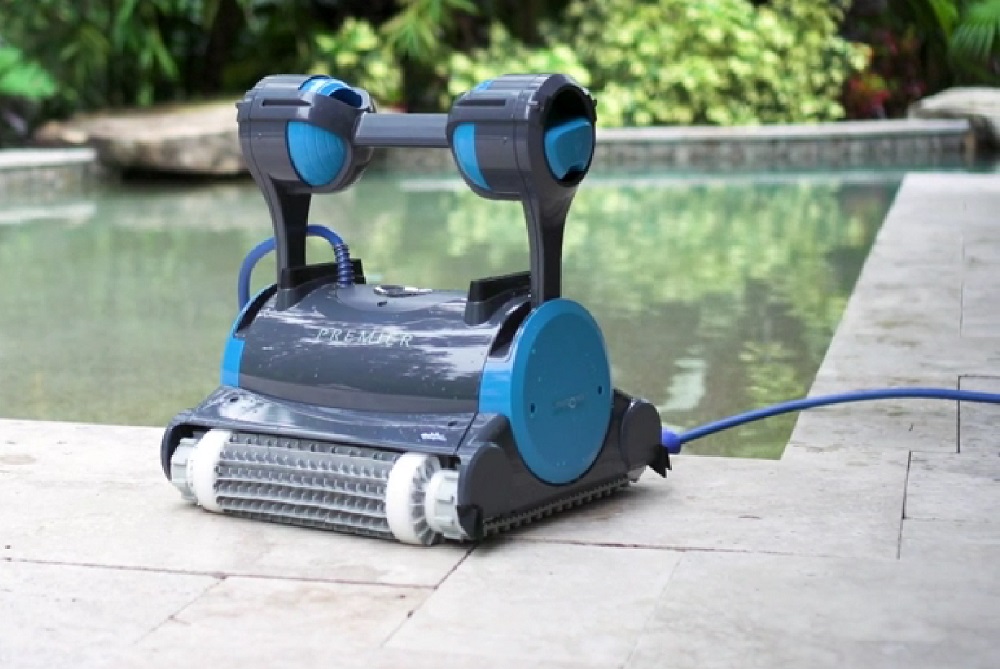
Differences with Suction-Side and Pressure-Side Pool Cleaners
The differences between robotic pool cleaners and other types of automatic pool cleaners are night and day, which are as follows:
- Robotic pool cleaners come with an electric motor, which activates suctioning and scrubbing to clean your pool’s floors and walls. Pressure- and suction-side pool cleaners rely on your pool’s main pump or a booster pump to produce enough water flow and pressure to operate.
- Robotic pool cleaners can come with a series of high-tech features, including laser-guided navigation, forward-propelling jets, app support, and swivel cords. On the other hand, pressure– and suction-side pool cleaners rely solely on water pressure from a pump to randomly navigate the terrain of your pool.
- Robotic pool cleaners are nearly 100% automated. Users don’t have to manually adjust water pressure or cleaning times. All you have to do is simply place the robotic pool cleaner in your pool, choose a specific cleaning mode on the controller module, and hit the start button. As for the other kinds of automatic pool cleaners, users have to pay close attention to how long their pool pump or pumps are on, carefully gauge water pressure for optimal mobility, and deal with kinks and tangles in the suction hose.
- Robotic pool cleaners can cost upwards of ten times as much as a typical pressure- or suction-side pool cleaner. However, on average, users end up spending a lot less over time since their electric motors are a lot less power-hungry than pool and booster pumps.
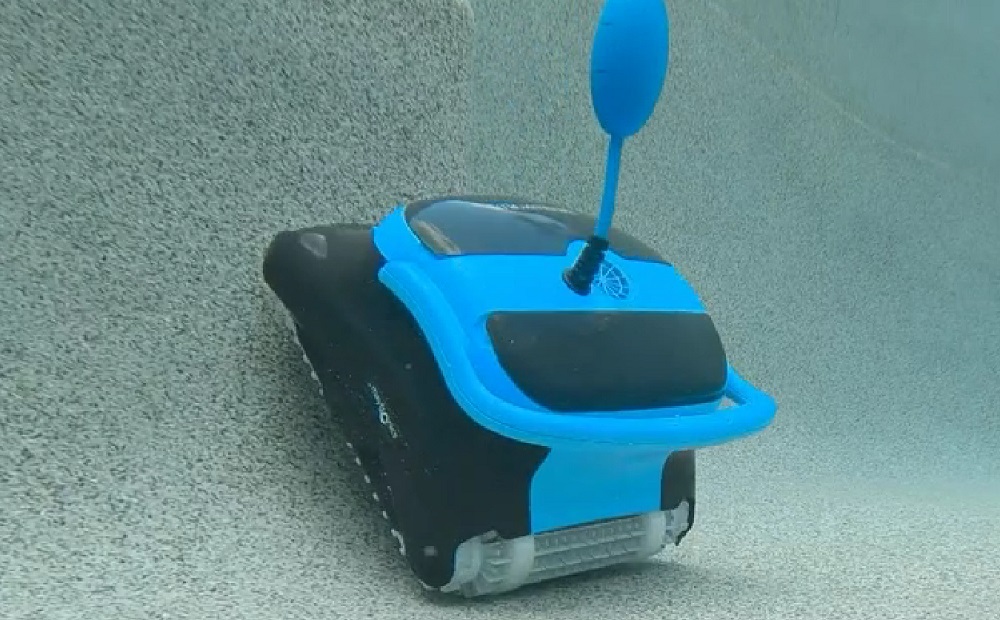
Should I Get a Robotic Pool Cleaner?
It’s clear that robotic pool cleaners are the best of the best among all automatic pool cleaner types. And while they have steep upfront costs, they pay for themselves over time with convenience and performance. Having a robotic pool cleaner can keep your pool swim-ready throughout the swimming season with very little human interference.
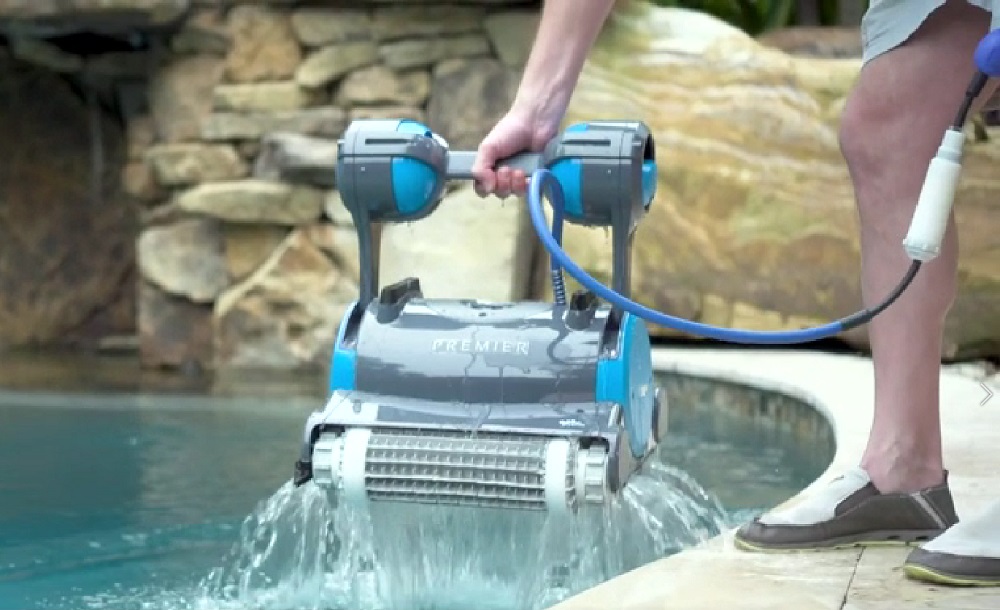
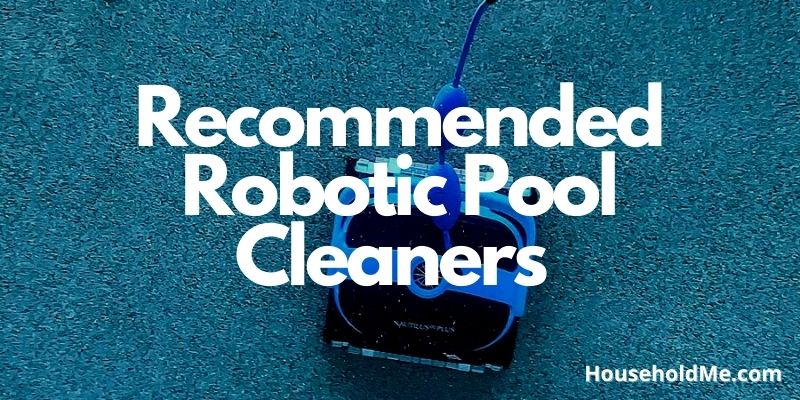
Related Robotic Pool Cleaner Articles
• How to Use a Robotic Pool Cleaner
• What Features to Look For in a Robotic Pool Cleaner?
• How to Maintain a Robotic Pool Cleaner?
• Robotic Pool Cleaner Troubleshooting Tips
• What is a Swivel Cord?
• Pressure vs. Suction vs. Robotic Pool Cleaners
If you have any questions or comments, please add them below in the comment section. Similarly, please let us know if you spot any mistakes or omissions. Thanks!
